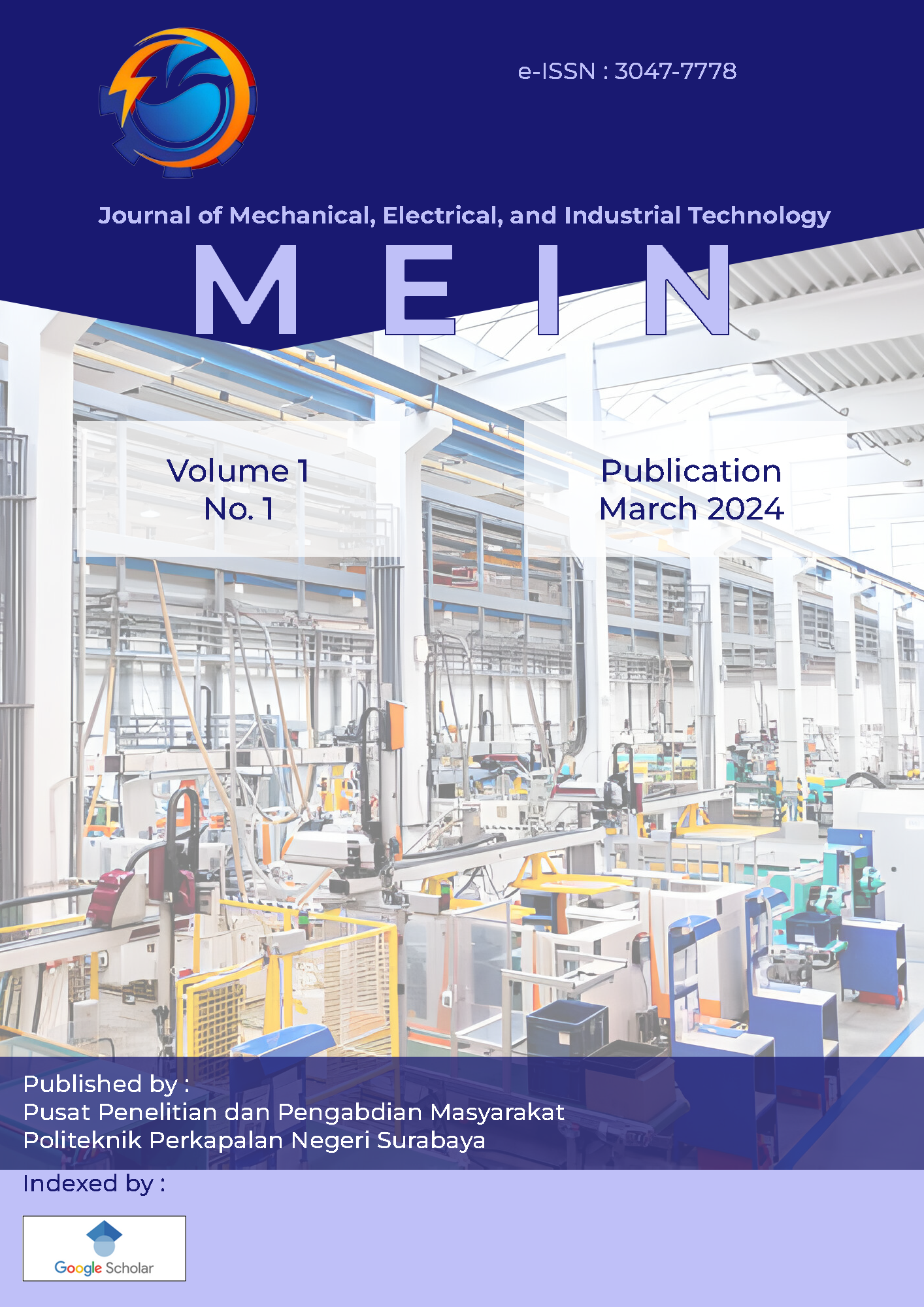Calculate The Thermal Efficiency Of a Distilled Water Evaporator Using Clean Water as Raw Material
Calculate The Thermal Efficiency Of a Distilled Water Evaporator Using Clean Water as Raw Material
DOI:
https://doi.org/10.35991/mein.v1i1.10Keywords:
Renewable energy, energy and environmental technologyAbstract
Increasing the efficiency of equipment is very necessary to avoid wasting energy. It is known that fossil fuel energy continues to increase and runs out quickly, so alternative energy is needed that can be used continuously and does not run out quickly when used because this energy is easy to obtain and comes from nature. The aim of this research is to create a design for this equipment that can be applied in laboratories, pharmacies, hospitals, etc. The methods used in this design are structural plans and functional plans. In the process of heating the air in the evaporator with varying volumes, namely 1 liter, 2 liters, 2.5 liters, 3 liters and 3.5 liters, you can see a large amount of steam with a short heating process. The results of the research show that it can be seen that the electrical thermal efficiency shows that the smaller the value of the feed water volume, the greater the electrical thermal efficiency (inversely proportional). This shows that one indication is that the performance of the aquadest evaporator saves electrical energy in the heating and evaporation process of optimal water because the less feed, the faster the heating process, and the greater the amount of steam produced in one hour of operation and it can be seen that the energy consumption is spent on a volume of 3.5 liters because the heating time is long compared to other variations in feed water volume so the energy consumption is large

